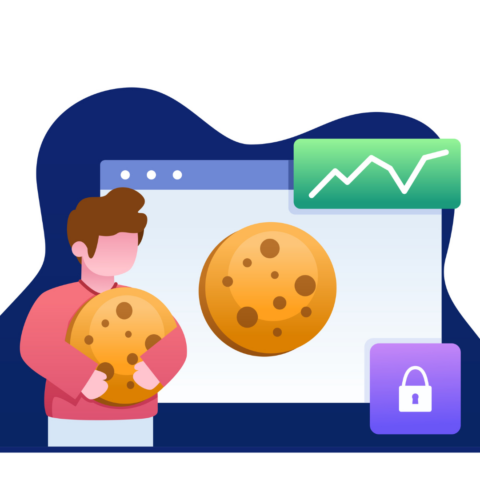
What is Audience Management?
In simple terms, ‘audience management’ is the practice of analysing, defining and, ultimately, organising your customer data. Through this, brands can learn everything they need to know about their audience, including who they are, what they like (and dislike) and how they behave. When done effectively, audience management ensures brands send out the right messages to the right people, thus improving long-term campaign results.
Audience Management and the Challenge of Customer Relationship Management
The topic of Audience Management is interesting because many organisations aspire to operate their customer marketing on a 1 to 1 basis, the famous “segment of 1”. The image is powerful, the idea is laudable, the reality is not that simple.
The objective of customer marketing is firstly to create interactions. This is achieved through outgoing messages (Emails, DM, SMS, Push, etc…). Once there is an interaction between the Brand and the Customer, the second objective is to convert that interaction into a valuable experience (a subscription, a purchase, etc…). This task often doesn’t sit with CRM, although in my opinion it should because, from the customer perspective, those are two parts of the same journey. Beware of conflicting experiences like offers that don’t align between the email and the website.
“There are two objectives, create interactions between Customer and Brand, and subsequently convert those interactions.”
When it comes to conversion, there is a variety of contexts that matter (Customer profile, Time, Channel, Page, Source, etc…), and it makes complete sense that this journey should be personalised to each one. This is the world of CRO (Conversion Rate Optimisation) through web personalisation, web optimisation, UX design, etc…
“Conversion Optimisation happens within a strong context of 1”
Let’s focus on the first objective of CRM – to create those valuable interactions. The historical approach was to “batch and blast” or “spray and pray” as the sayings go. There was one generic message that would go to everyone. Think of a Newsletter, those emails are still common practice even if Campaign Automation tools have made segmentation much easier and accessible to non-technical users. This is why audience management platforms have become so important to modern marketers, and how the entire concept of audience management has become such a topic of focus.
“Campaign Automation tools have opened the way to Audience Management”
Audience Management in Practice
How are audiences managed in practice? As you might expect, there are probably as many ways to do it as there are marketers. There are many ways to slice and dice audiences, but here are just a few examples:
- Lifecycle based (New/recurring/lapsing)
- Interest based (declared, browsed, bought, etc…)
- Activity based (email openener/clickers, Web visiters, buyers, etc…)
- Value based (LTV, Nb Orders, Avg order value, etc…)
- Combined models (RFM for example which can itself be done in many ways)
- Profile based (geodemographic of any kind)
Ultimately, there is no single best approach to split your overall audience. All the examples above have a “raison d’être”, each way of looking at the data is meaningful in a different way but each also has its own set of limitations. A model like RFM, for instance, is an attempt at rationalising audiences into a two-dimensional matrix, it is useful but far from perfect and its limitations are all too evident. It’s just not that simple.
Audience Management Platforms
In practice, marketers will hardly ever use a single approach. It is far more common to see a combination of the methods listed above being employed, and the marketing calendar filled with topical campaigns designed for custom audiences, overlayed with set journeys and triggered messages. Unfortunately, the result is a lack of visibility and understanding of who gets what – which in turns creates risks of over/under-communication and/or conflicting messages. No wonder marketers are stressed!
“Understanding the overlaps and potential conflicts between topical, journey, and trigger campaigns is the underlying challenge of Audience Management”
All this needs to be managed at channel level and across channels, as well as prioritised to optimise the desired outcome(s), whatever that might be (revenue, retention, loyalty, traffic, margin, etc…). And we’ve not taken into account the content perspective which adds another layer of constraints.
“Channels, content and optimisation all add to the complexity”
Audience management platforms trend has grown out of a need to consolidate audience data onto a single platform and gain much better visibility and understanding as a result. However, knowing when and how to use such tools to your advantage can be a struggle without understanding exactly what it is that you’re aiming to achieve.
Facing the Challenge of Audience Management
The good news? There are strategies to rationalise the approach and a number of tools to facilitate their implementation. The most important point is to recognise that it’s not a simple issue and that the approach best suited to your business should be thought through before rushing into implementing this or that solution. Doing so is likely to only solve issues in isolation, and to miss the big picture.
“There are strategies to rationalise the approach and tools to facilitate their implementation”
This is where we can help. Facing the challenges of audience management is something we explore in our strategic workshops, please get in touch to learn more.



